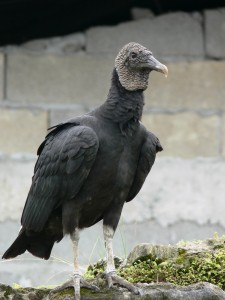– Rory Lewandowski, OSU Extension Educator, Wayne County
We have had a few, light scattered frosts in the area that have generated some questions about forage use after a frost. The two most common questions concern the use of warm season grasses in the sorghum family and grazing alfalfa. The issue with grasses in the sorghum family, which includes sorghum-sudangrass hybrids, sudangrass and Johnsongrass in addition to sorghum, is that they contain cyanogenic glycosides and Continue reading Forage Management Considerations After Frost

